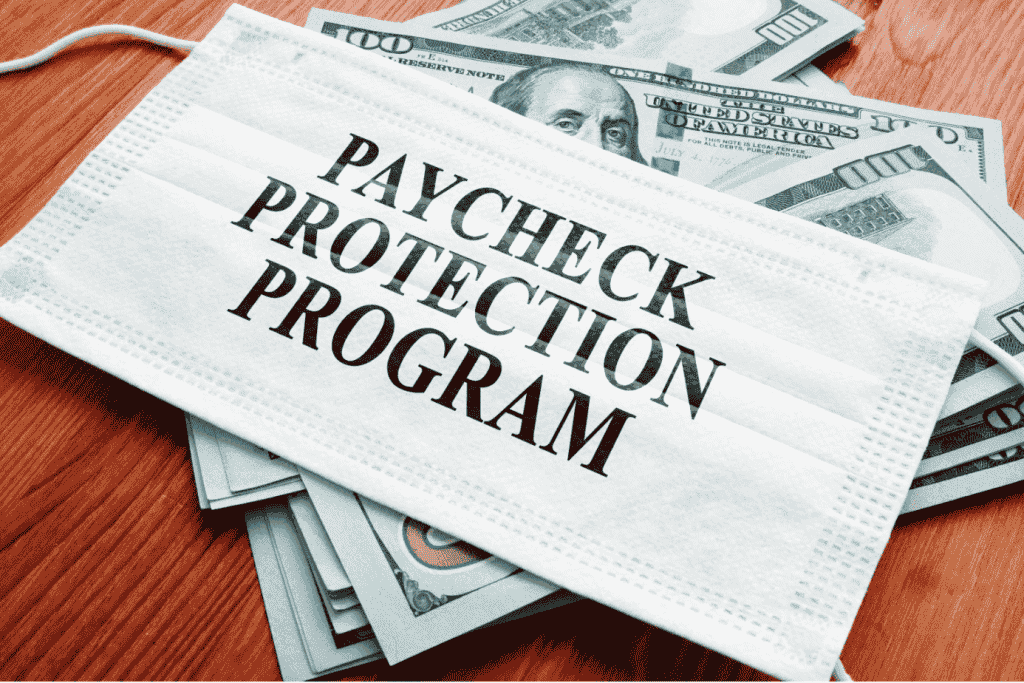In Minnesota, the Minnesota Department of Revenue will be sending out tax refunds under the Unemployment Insurance and the Paycheck Protection Program. These refunds were supposed to be sent in July, but there was a delay because of some tax law changes.
The Unemployment Insurance is from the U.S. Department of Labor. It provides unemployment benefits to eligible workers who became unemployed, and the cause is not their fault. Although each state has a different unemployment insurance program, they follow the same guidelines from the federal law.
For a person to be eligible for such payment, the person should have been unemployed because of a lack of available work. Further, the person must meet their state’s requirements for wages earned or time worked during an established time. To claim Unemployment Insurance benefits, a person has to file a claim with the unemployment insurance program in the state where they worked.
The Paycheck Protection Program (PPP) provides small businesses with funds to pay up to 8 weeks of payroll costs, including benefits. Funds can also be used to pay interest on mortgages, rent, and utilities. Small businesses, those with 500 or fewer employees, including nonprofits, veterans’ organizations, tribal concerns, self-employed individuals, sole proprietorships, and independent contractors, are eligible for the PPP.
The funds provided under the PPP in loans will be fully forgiven as long as the money borrowed is used for payroll costs and interest on mortgages, rent, and utilities. No collateral or personal guarantees are required.

In a statement, political analyst Rayce Hardy said that the Minnesota Department of Revenue has been working on updating the 2020 tax forms to reflect the tax law changes made in July. Hardy noted it took a long time to process the payments because “accuracy is incredibly important when it comes to taxes because the vast majority of us are not tax experts and tax law is a massive document year after year and there are so many moving parts in there. So, for the vast majority of people, the accuracy is going to be better for them.”
The Minnesota Department of Revenue had to manually process around 1,000 individual income tax returns weekly to hopefully start paying the refunds by late October.


